This article was co-authored by Luba Lee, FNP-BC, MS. Luba Lee, FNP-BC is a Board-Certified Family Nurse Practitioner (FNP) and educator in Tennessee with over a decade of clinical experience. Luba has certifications in Pediatric Advanced Life Support (PALS), Emergency Medicine, Advanced Cardiac Life Support (ACLS), Team Building, and Critical Care Nursing. She received her Master of Science in Nursing (MSN) from the University of Tennessee in 2006.
There are 7 references cited in this article, which can be found at the bottom of the page.
This article has been viewed 121,012 times.
Glass thermometers were once common, but now various types of digital thermometers are more prevalent. If you have a choice, it's better to use a thermometer without glass. Glass thermometers can break and cause injuries, and some contain mercury, which is poisonous. Ones containing mercury, in particular, are no longer recommended.[1] However, if a glass thermometer is your only option, just take precautions to make sure it's safe.
Steps
Getting the Thermometer Ready
-
1Pick a glass thermometer without mercury. If you have the option, a non-mercury glass thermometer is safer. It should say on the package whether it contains mercury or not, so read the package carefully if you still have it.[2]
- A non-mercury thermometer is safer because it can't leak mercury. However, as long as you inspect the thermometer to ensure there are no cracks or leaks, a mercury thermometer should also be safe.
- Non-mercury thermometers typically contain colored alcohol as an alternative to mercury.
-
2Choose between a rectal or oral thermometer. These thermometers have different tips to make it more comfortable for the person whose temperature you're taking. Look for a rounded tip on a rectal thermometer or a longer, narrow tip for an oral thermometer.[3]
- They're often color-coded on the other end, red for anal and green for oral.
- You can also read the packaging to find out what kind you have.
Advertisement -
3Clean the thermometer with soap and water. Use cool water and any kind of hand soap or dish soap and rub it up and down on the thermometer to clean it. Rinse it thoroughly under running water to get rid of any soap residue.[4]
- Don't use hot water, as you could rupture the thermometer.
- You can also cleanse the thermometer by wiping it down thoroughly with rubbing alcohol and then rinsing it off.
-
4Shake the thermometer to lower the temperature. Glass thermometers don't always reset themselves after you take a temperature. Grab it at the end away from the tip and swing the thermometer back and forth. Check to make sure it goes down below at least 96.8 °F (36.0 °C); it needs to be under the average body temperature.[5]
- Be very careful not to hit the thermometer against anything when you’re shaking it, since this could shatter the glass.
Placing the Thermometer
-
1Take a rectal temperature for children ages 3 or younger. Use a mercury-free thermometer unless you have absolutely no other choice. Lubricate the tip with a bit of petroleum jelly. Place the child on their back with their legs up. Gently push the tip into the rectum, going about 0.5 to 1 inch (1.3 to 2.5 cm) in. Never force it in if it feels blocked. Hold the thermometer in place the whole time you're taking the reading, as you don't want to go deeper into their body.[6]
- Hold the baby or child still so that the thermometer doesn't break.
- Children may bite down on a thermometer if it's in their mouth, which could break the thermometer. This is why you shouldn't place a glass thermometer in their mouth.[7] Plus, a rectal temperature is the most accurate for children.[8]
- Some recent research shows that temporal artery readings (taken at the forehead) are a safe, comfortable, and accurate alternative to taking a rectal temperature in newborns and young children. If you have access to a temporal thermometer, use this instead.[9] Unfortunately, you can’t take a temporal reading with a glass thermometer.
-
2Place the thermometer in the armpit for an easy estimate. To take someone’s temperature in their armpit (called an axillary reading), use an oral or a rectal thermometer. Lift their arm and set the thermometer so that the tip is directly in the center of the armpit. Have the person hold their arm tightly against their body.[10]
- If the thermometer indicates the person has a fever, check it again with a rectal or oral reading, depending on the age of the person. The armpit won’t give you an accurate reading of their exact temperature.
- This method is useful for quickly and easily determining whether a baby or young child has a fever.
-
3Use an oral thermometer for kids over 4 and adults. Put the tip of the thermometer under the person's tongue, towards the back of the mouth. Have them hold it in place with their lips closed while the thermometer warms up to their body temperature.[11]
- This method is accurate, but it can be difficult for some kids to hold it in place properly. There’s also a risk of younger kids biting down and breaking the thermometer.
- To get the most accurate reading, wait 15 minutes before taking the person’s temperature if they’ve been eating or drinking.
Removing and Reading the Thermometer
-
1Leave the thermometer in place for 2-4 minutes. The amount of time depends on the location. If you're using a rectal thermometer, 2-3 minutes is enough time. If you’re taking a temperature in the mouth or under the armpit, leave the thermometer in place for 3-4 minutes.[12]
- Try not to shake the thermometer as you pull it out, as this could affect the reading.
-
2Hold the thermometer horizontally to read the numbers. Bring it up to eye level with the end of the liquid right in front of you. Look for the long lines, which indicate 1 °F (or 1 °C) each and the smaller lines, which indicate 0.2 °F (or 0.1 °C) each. Read the nearest number to the end of the liquid, counting the small lines if you need to.[13]
- For instance, if the end of the liquid goes past the larger 100 °F (38 °C) mark by 2 smaller lines, then the temperature is 100.4 °F (38.0 °C).
-
3Determine if the person has a fever. Typically, you or your child has a fever if their temperature is at or above 100.4 °F (38.0 °C) when taken in the rectum, 100 °F (38 °C) when taken in the mouth, or 99 °F (37 °C) when taken under the armpit. These are the minimum temperatures for a fever.[14]
- Call the doctor if your child is under 3 months and running a fever based on a rectal reading.
- If your child is 3-6 months old and is running a temperature of 102 °F (39 °C), talk to your doctor, particularly if your child is showing other symptoms like lethargy or crankiness. If it goes above 102 °F (39 °C), contact your doctor no matter what.
- If your child has a temperature of 102 °F (39 °C) and is 6 to 24 months old, call your doctor if it lasts more than a day. Also, call if your child is showing other signs of sickness, such as coughing or diarrhea.
- If you have an older child or an adult, go to the doctor for a temperature of 103 °F (39 °C) or higher.
-
4Clean the thermometer before putting it away. Wash it with cool water and soap, rubbing the length of the thermometer but focusing especially on the tip. Rinse it thoroughly with water when you're done.[15]
- If you don't clean it, you could introduce germs to the next person who uses it.
Warnings
- Always check the thermometer for cracks or leaks before using it to take a temperature.⧼thumbs_response⧽
- If a mercury thermometer breaks, call poison control for more information. If it's not mercury, it's non-toxic, so you can clean it up with paper towels.⧼thumbs_response⧽
References
- ↑ https://www.mayoclinic.org/diseases-conditions/fever/in-depth/thermometers/art-20046737
- ↑ https://www.nationwidechildrens.org/family-resources-education/health-wellness-and-safety-resources/helping-hands/temperature-digital-and-glass-thermometers
- ↑ https://www.nationwidechildrens.org/family-resources-education/health-wellness-and-safety-resources/helping-hands/temperature-digital-and-glass-thermometers
- ↑ https://www.ncbi.nlm.nih.gov/pmc/articles/PMC2819919/
- ↑ https://www.ncbi.nlm.nih.gov/pmc/articles/PMC2819919/
- ↑ https://www.mayoclinic.org/healthy-lifestyle/infant-and-toddler-health/in-depth/thermometer/art-20047410
- ↑ https://www.ncbi.nlm.nih.gov/pmc/articles/PMC2819919/
- ↑ https://www.mottchildren.org/health-library/tw9223
- ↑ https://www.seattlechildrens.org/conditions/a-z/fever-how-to-take-the-temperature/
- ↑ https://www.ncbi.nlm.nih.gov/pmc/articles/PMC2819919/
- ↑ https://www.ncbi.nlm.nih.gov/pmc/articles/PMC2819919/
- ↑ https://www.ncbi.nlm.nih.gov/pmc/articles/PMC2819919/
- ↑ https://www.nationwidechildrens.org/family-resources-education/health-wellness-and-safety-resources/helping-hands/temperature-digital-and-glass-thermometers
- ↑ https://www.mayoclinic.org/healthy-lifestyle/infant-and-toddler-health/in-depth/thermometer/art-20047410
- ↑ https://www.nationwidechildrens.org/family-resources-education/health-wellness-and-safety-resources/helping-hands/temperature-digital-and-glass-thermometers
- ↑ https://my.clevelandclinic.org/health/articles/15272-thermometers-types

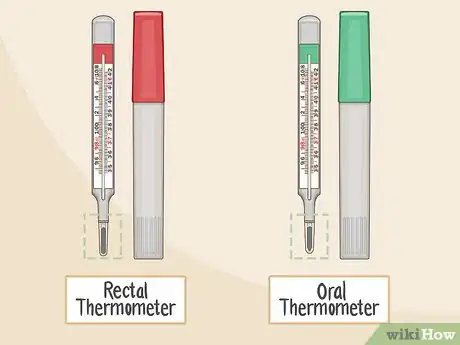
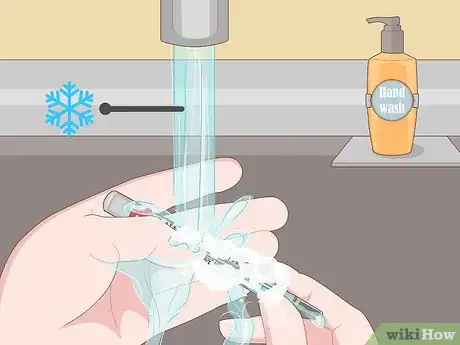
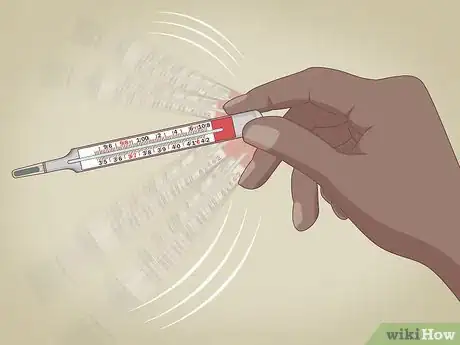

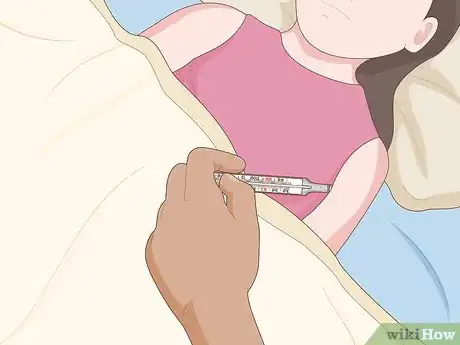




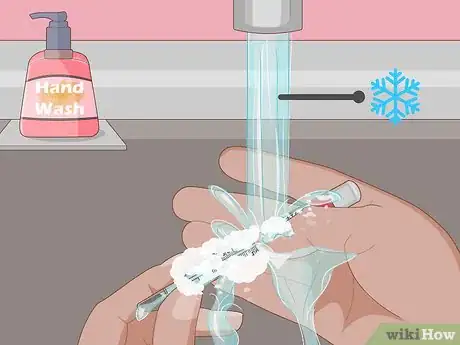



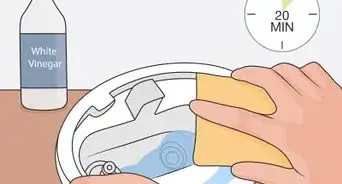






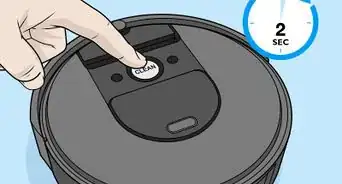












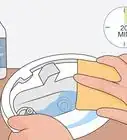



































Medical Disclaimer
The content of this article is not intended to be a substitute for professional medical advice, examination, diagnosis, or treatment. You should always contact your doctor or other qualified healthcare professional before starting, changing, or stopping any kind of health treatment.
Read More...